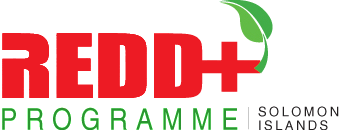According to the United Nations’ Food and Agriculture Organisation (FAO), 49.9% of Solomon Islands’ 2.2 million hectares of forests is classified as primary forest, the most bio-diverse and carbon dense form of forest. Additionally, Solomon Islands has 27,000 ha of planted forests.
Between 1990 and 2010, Solomon Islands lost an average of 5,550 ha or 0.24% per year. In total, between 1990 and 2010, Solomon Islands lost 4.8% of its forest cover or around 111,000 ha.
When considering that Solomon Islands' forests contain 182 million metric tons of carbon in living forest biomass; change in forest cover and the effects of the release of heat-trapping carbon dioxide into the atmosphere from deforestation and forest degradation becomes an issue of concern.
From this perspective, it is clear that any real effort to combat the release of anthropogenic gases into the atmosphere must include measures to at the very least, mitigate those gas emissions. It is here that the role of options such as the REDD+ mechanism becomes a viable measure to combat greenhouse gases emissions from deforestation and forest degradation.

